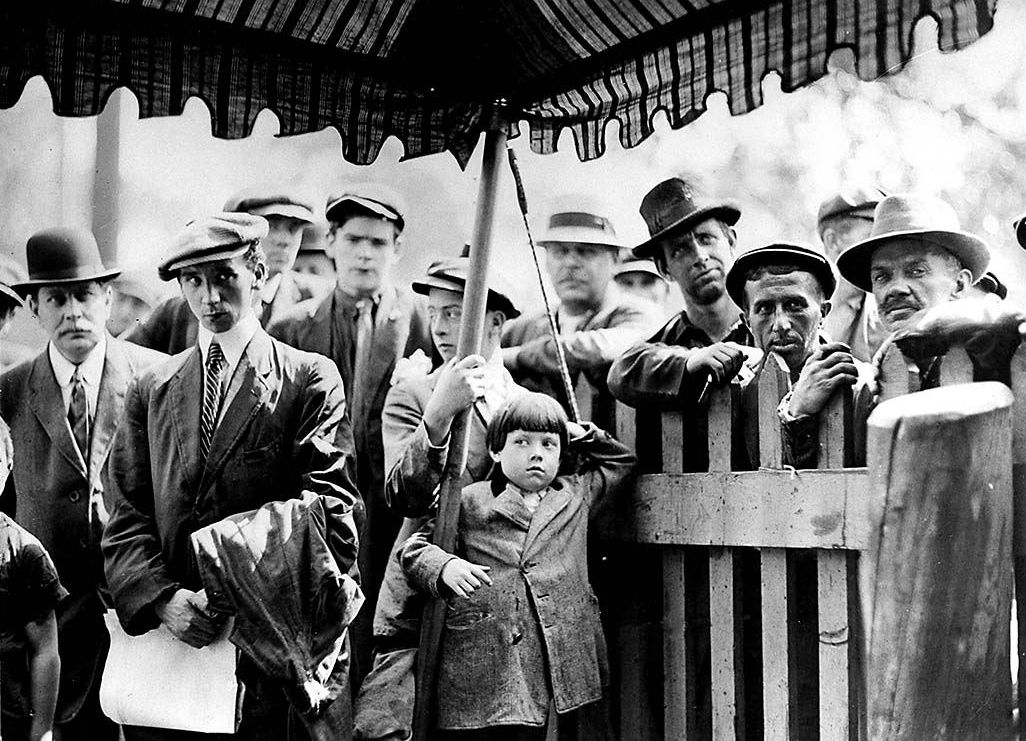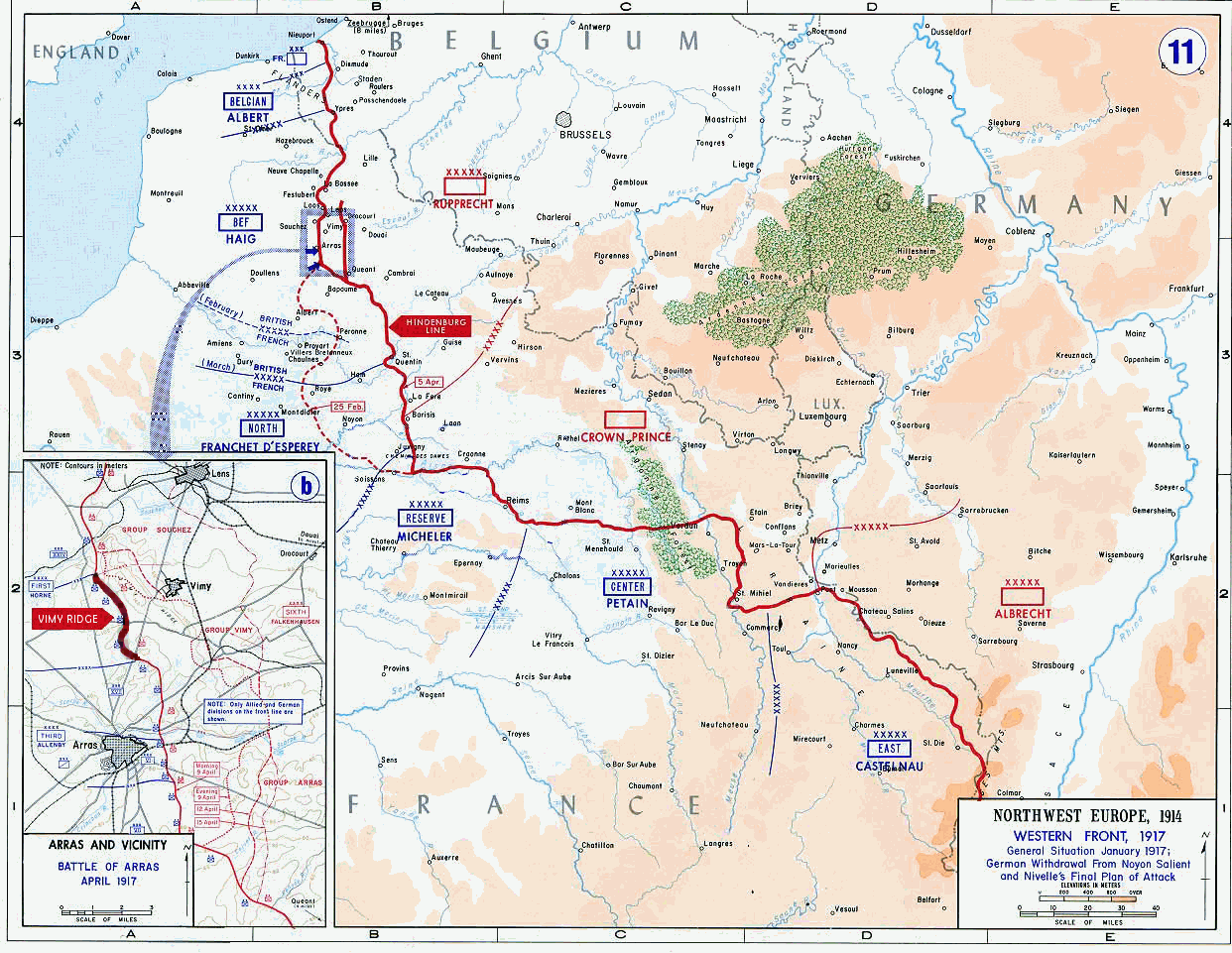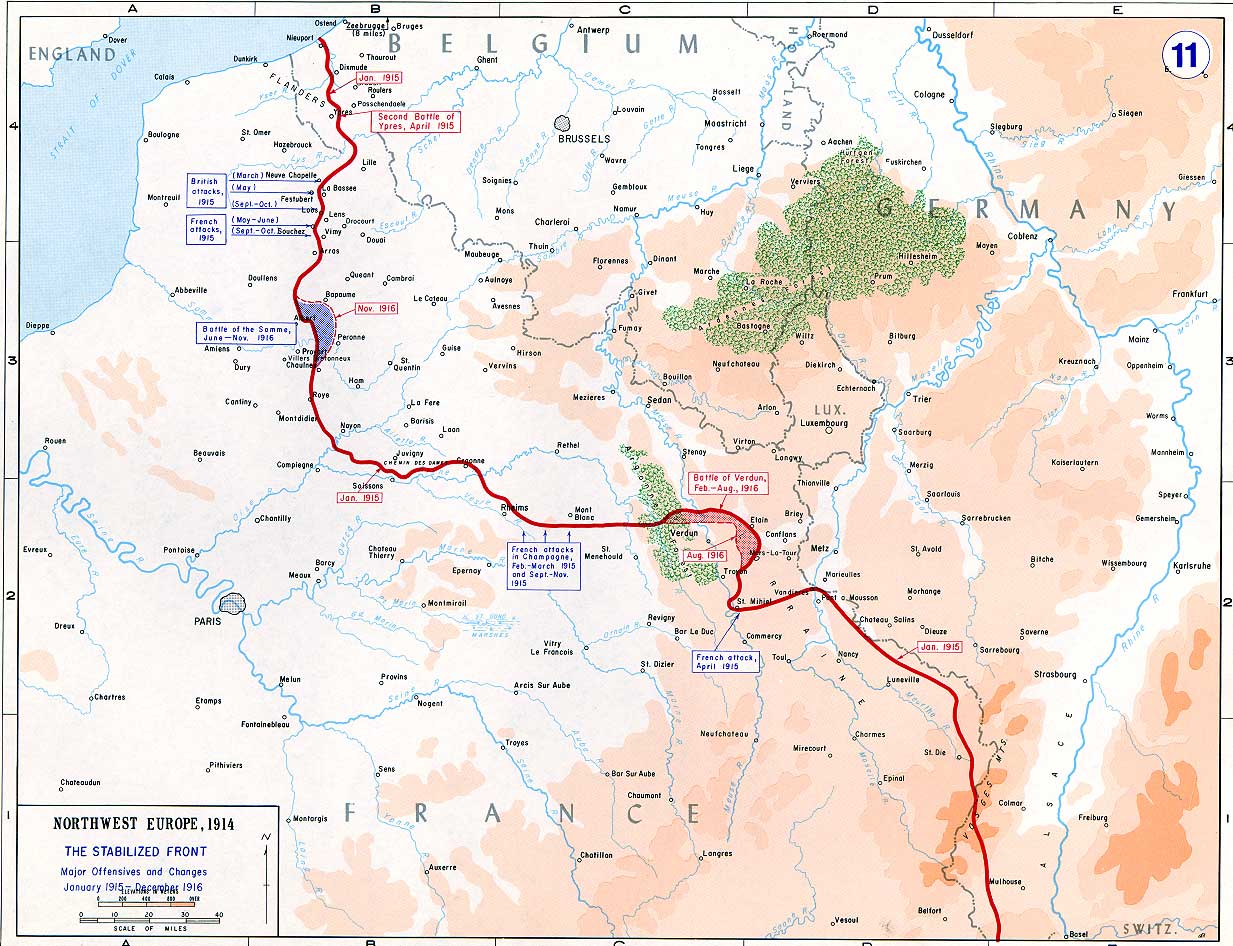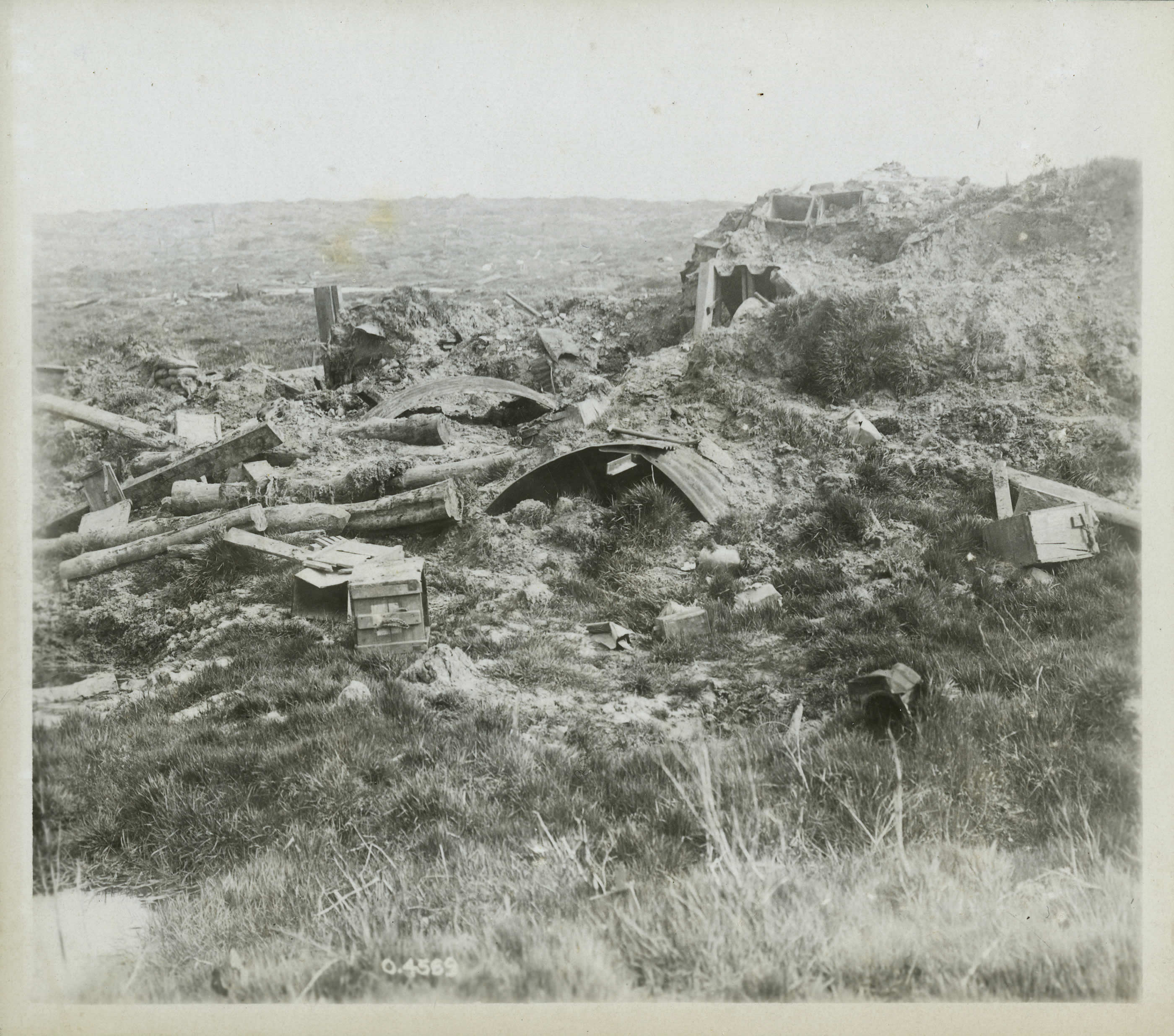|
3rd Battalion (Toronto Regiment), CEF
The 3rd Battalion (Toronto Regiment), Canadian Expeditionary Force was an infantry battalion of the Canadian Expeditionary Force that saw service in the First World War. It was created on 2 September 1914 with recruits from Toronto, primarily from the Queen's Own Rifles of Canada with additional drafts from the 10th Royal Grenadiers and the Governor General's Body Guard. History The battalion organized and trained at CFB Valcartier, Camp Valcartier before sailing for England from Quebec City on board the on 25 September 1914. They arrived in England on 16 October with a strength of 42 officers and 1123 men. The battalion became part of the 1st Canadian Division, 1st Canadian Infantry Brigade where it saw action at Ypres, Battle of Vimy Ridge, Vimy Ridge and along the Western Front (World War I), Western Front. It was later reinforced by the 12th Canadian Reserve Battalion. In the attack on Vimy Ridge, the battalion had a relatively easy time due to very successful artillery barr ... [...More Info...] [...Related Items...] OR: [Wikipedia] [Google] [Baidu] |
Canadian Expeditionary Force
The Canadian Expeditionary Force (CEF; French: ''Corps expéditionnaire canadien'') was the expeditionary warfare, expeditionary field force of Canada during the First World War. It was formed on August 15, 1914, following United Kingdom declaration of war upon Germany (1914), Britain’s declaration of war on the German Empire, with an initial strength of one infantry Division (military), division. The division subsequently fought at Second Battle of Ypres, Ypres on the Western Front (World War I), Western Front, with a newly raised second division reinforcing the committed units to form the Canadian Corps. The CEF and corps was eventually expanded to four infantry divisions, which were all committed to the fighting in France and Belgium along the Western Front. A fifth division was partially raised in 1917, but was broken up in 1918 and used as reinforcements following heavy casualties. Personnel Recruitment The CEF was mostly volunteers; a bill allowing conscription was pa ... [...More Info...] [...Related Items...] OR: [Wikipedia] [Google] [Baidu] |
Battle Of Vimy Ridge
The Battle of Vimy Ridge was part of the Battle of Arras, in the Pas-de-Calais department of France, during the First World War. The main combatants were the four divisions of the Canadian Corps in the First Army, against three divisions of the German 6th Army. The battle occurred from 9 to 12 April 1917, marking the commencement of the Battle of Arras and serving as the inaugural assault of the Nivelle Offensive. The objective was to draw German reserves away from the French forces, preparing for a crucial offensive along the Aisne and the Chemin des Dames ridge several days later. The Canadian Corps was to capture the German-held high ground of Vimy Ridge, an escarpment on the northern flank of the Arras front. This would protect the First Army and the Third Army farther south from German enfilade fire. Supported by a creeping barrage, the Canadian Corps captured most of the ridge during the first day. The village of Thélus fell during the second day, as did the cre ... [...More Info...] [...Related Items...] OR: [Wikipedia] [Google] [Baidu] |
Battle Of Pozières
The Battle of Pozières (23 July – 3 September 1916) took place in northern France around the village of Pozières, during the Battle of the Somme. The costly fighting ended with the British in possession of the plateau north and east of the village, in a position to menace the German bastion of Thiepval from the rear. The Australian official historian Charles Bean wrote that Pozières ridge "is more densely sown with Australian sacrifice than any other place on earth". Prelude The village of Pozières, on the Albert–Bapaume road, lies atop a ridge approximately in the centre of what was the British sector of the Somme battlefield. Close by the village is the highest point on the battlefield. Pozières was an important German defensive position; the fortified village was an outpost to the second defensive trench system, which had become known to the British as the O.G. (Old German) lines. This German second line extended from beyond Mouquet Farm in the north, ran behi ... [...More Info...] [...Related Items...] OR: [Wikipedia] [Google] [Baidu] |
Battle Of The Somme
The Battle of the Somme (; ), also known as the Somme offensive, was a battle of the First World War fought by the armies of the British Empire and the French Third Republic against the German Empire. It took place between 1 July and 18 November 1916 on both sides of the upper reaches of the river Somme (river), Somme in France. The battle was intended to hasten a victory for the Allies of World War I, Allies. More than three million men fought in the battle, of whom more than one million were either wounded or killed, making it one of the List of battles by casualties, deadliest battles in human history. The French and British had planned an offensive on the Somme during the Chantilly Conferences, Chantilly Conference in December 1915. The Allies agreed upon a strategy of combined offensives against the Central Powers in 1916 by the French, Russian, British and Italian armies, with the Somme offensive as the Franco-British contribution. The French army was to undertake the m ... [...More Info...] [...Related Items...] OR: [Wikipedia] [Google] [Baidu] |
Battle Of Mont Sorrel
The Battle of Mont Sorrel (Battle of Mount Sorrel) was a local operation in World War I by three divisions of the German 4th Army and three divisions of the British Second Army in the Ypres Salient, near Ypres in Belgium, from 2 to 13 June 1916. To divert British resources from the build-up being observed on the Somme, the XIII (Royal Württemberg) Corps and the 117th Infantry Division attacked an arc of high ground defended by the Canadian Corps in Flanders. The German forces captured the heights at Mount Sorrel and Tor Top, before entrenching on the far slope of the ridge. Following a number of attacks and counterattacks, two divisions of the Canadian Corps, supported by the 20th Light Division and Second Army siege and howitzer battery groups, recaptured the majority of their former positions. Background Mount Sorrel Located in the Ypres Salient, east of Ypres, Belgium and from Hill 60, the Battle of Mount Sorrel took place along a ridge between Hooge and Zwart ... [...More Info...] [...Related Items...] OR: [Wikipedia] [Google] [Baidu] |
Battle Of Festubert
The Battle of Festubert (15–25 May 1915) was an attack by the British army in the Artois region of France on the western front during World War I. The offensive formed part of a series of attacks by the French Tenth Army and the British First Army in the Second Battle of Artois . After the failure of the breakthrough attempt by the First Army in the attack at Aubers Ridge (9 May 1915) tactics of a short hurricane bombardment and an infantry advance with unlimited objectives, were replaced by the French practice of slow and deliberate artillery-fire intended to prepare the way for an infantry attack. A continuous three-day bombardment by the British heavy artillery was planned, to cut wire and demolish German machine-gun posts and infantry strong points. The German defences were to be captured by a continuous attack, by one division from Rue du Bois to Chocolat Menier Corner and by a second division north, which was to capture the German trenches to the left of Festuber ... [...More Info...] [...Related Items...] OR: [Wikipedia] [Google] [Baidu] |
Robert Rennie
Major General Robert Rennie (December 15, 1862 – December 17, 1949) was a Canadian businessman and army officer. Life Robert Rennie was the son of William Rennie, the founder of Rennie Seeds, a successful wholesaler and retailer of both vegetable and floral seeds, and Sarah Glendinning. William retired in 1888, and Robert and two younger brothers John and Thomas took over management of the firm. Robert served as the firm's president until he retired in 1925, when Thomas became president. Robert joined a reserve militia unit, The Queen's Own Rifles of Canada in 1880. He distinguished himself as a marksman, representing Canada on the Bisley Team on three occasions and receiving several medals and prizes for his marksmanship. In 1887 he was promoted to the rank of provisional second lieutenant. By 1914, when World War I began, Rennie was a lieutenant colonel, and commanded the third battalion of the Canadian Expeditionary Force. During the war he was promoted to brigad ... [...More Info...] [...Related Items...] OR: [Wikipedia] [Google] [Baidu] |
The Queen's Own Rifles Of Canada
The Queen's Own Rifles of Canada is a Primary Reserve regiment of the Canadian Armed Forces, based in Toronto. The regiment is part of 4th Canadian Division's 32 Canadian Brigade Group. It is the only reserve regiment in Canada to currently have a parachute role. The regiment consists of the reserve battalion, the Regimental Association, and the Regimental Band and Bugles. The official abbreviation is The QOR of C, but the name is often abbreviated to QOR. The Queen's Own Rifles of Canada parade out of Moss Park Armoury in downtown Toronto. The unit motto is : in peace prepared. Regimental structure The Reserve battalion is made up of the following companies: * Battalion Headquarters & Signals Company * 60th Company ( Moss Park Armoury) * Buffs Company ( Moss Park Armoury) * Parachute Company (airborne infantry) * Victoria Company (combat support and combat service support) * Normandy Company (training depot and battle school staff) * Regimental Band & Bugles * Ghurka Compa ... [...More Info...] [...Related Items...] OR: [Wikipedia] [Google] [Baidu] |
The Royal Regiment Of Canada
The Royal Regiment of Canada is a Primary Reserve infantry regiment of the Canadian Army. The regiment is based in Toronto, Ontario, and forms part of the 4th Canadian Division's 32 Canadian Brigade Group. The ceremonial dress uniform of the Royal Regiment of Canada is the scarlet tunic and bearskin, similar to that of the British Army's Grenadier Guards. The plume is red over white, similar to the former Canadian Guards regiment. Lineage File:RRC Colour.jpg, The regimental colour of the Royal Regiment of Canada. File:Royal Regiment of Canada Camp Flag.png, The camp flag of the Royal Regiment of Canada. Royal Grenadiers * Originated 21 December 1861 in Toronto, Ontario as The Toronto Engineers and Mechanics Rifle Corps * First official designation 14 March 1862 as the 10th Battalion Volunteer Militia Rifles, Canada * Redesignated 21 November 1862 as the 10th Battalion Volunteer Militia (Infantry), Canada * Redesignated 10 April 1863 as the Tenth or "Royal Regiment of ... [...More Info...] [...Related Items...] OR: [Wikipedia] [Google] [Baidu] |
Royal Grenadiers
The Royal Grenadiers was an infantry regiment of the Non-Permanent Active Militia of the Canadian Militia (now the Canadian Army). The regiment was unique in its history as it was only one of two regiments in the Canadian Army to be designated as a grenadier regiment (the other unit being The Winnipeg Grenadiers). In 1936, the regiment was amalgamated with The Toronto Regiment to form ''The Royal Regiment of Toronto Grenadiers'' (now The Royal Regiment of Canada). Lineage The Royal Grenadiers * Originated on 14 March 1862, in Toronto as ''The 10th Battalion Volunteer Militia Rifles, Canada''. * Redesignated on 21 November 1862, as ''The 10th Battalion Volunteer Militia (Infantry), Canada''. * Redesignated on 10 April 1863, as the ''10th or "Royal Regiment of Toronto Volunteers". * Redesignated on 5 August 1881, as the ''10th Battalion, Royal Grenadiers''. * Redesignated on 8 May 1900, as the ''10th Regiment, Royal Grenadiers''. * Redesignated on 1 May 1920, as ''The Royal ... [...More Info...] [...Related Items...] OR: [Wikipedia] [Google] [Baidu] |
The Toronto Regiment
The Toronto Regiment was an infantry regiment of the Non-Permanent Active Militia of the Canadian Militia (now the Canadian Army). The regiment was formed in 1920 when the war-raised 3rd Battalion (Toronto Regiment) of the Canadian Expeditionary Force was incorporated after the First World War into the post-war Canadian Militia. In 1936, the regiment was amalgamated with The Royal Grenadiers to form ''The Royal Regiment of Toronto Grenadiers'' (now The Royal Regiment of Canada). Lineage * Originated on 1 May 1920, in Toronto, Ontario, as ''The Toronto Regiment''. * Amalgamated on 15 December 1936 with The Royal Grenadiers and redesignated as ''The Royal Regiment of Toronto Grenadiers'' (now The Royal Regiment of Canada). Perpetuations * 3rd Battalion (Toronto Regiment), CEF * 124th Battalion (Governor General's Body Guard), CEF * 170th Battalion (Mississauga Horse), CEF * 204th Battalion (Beavers), CEF The 204th (Toronto Beavers) Battalion, CEF was a unit in the Canadian Ex ... [...More Info...] [...Related Items...] OR: [Wikipedia] [Google] [Baidu] |
Canadian Militia
The Canadian Militia is a historical title for military units raised for the defence of Canada. The term has been used to describe sedentary militia units raised from local communities in Canada; as well as the regular army for the Province of Canada and post-Canadian Confederation, confederated Canada, referred to as the active militias. The earliest militia units in Canada dates back to 16th century in New France. In the French colony, a compulsory militia of settlers from every parish was raised in order to support the military of New France in the defence and expansion of the colony. Sedentary militia units were also raised by the British, to defend its colonies and to support British military operations on the continent. The sedentary militia eventually fell into disuse in the late-19th century, although vestiges of the sedentary militia system continued into the early-20th century. The Canadian Militia also referred to the regular army established by the Province of Canada ... [...More Info...] [...Related Items...] OR: [Wikipedia] [Google] [Baidu] |






